Last-minute efforts are under way to rescue up to a dozen redundant Glasgow Subway ‘Clockwork Orange’ cars for re-use as holiday accommodation, a school classroom, and even a private sauna.
Would-be purchasers of more vehicles have only a few days to express interest and complete deals, because replacement fleet supplier Stadler wants to fulfil its contract to clear the depot yard at Broomloan Road depot (between Govan and Ibrox stations). It has set a deadline of August 31.
Last-minute efforts are under way to rescue up to a dozen redundant Glasgow Subway ‘Clockwork Orange’ cars for re-use as holiday accommodation, a school classroom, and even a private sauna.
Would-be purchasers of more vehicles have only a few days to express interest and complete deals, because replacement fleet supplier Stadler wants to fulfil its contract to clear the depot yard at Broomloan Road depot (between Govan and Ibrox stations). It has set a deadline of August 31.
Stadler is asking £5,000 per vehicle, but is prepared to offer them free to charities and not-for-profit public facilities such as schools and colleges. If they are kept on their wheels, they often do not require planning permission.
Car 128, considered the best of the fleet, has already been moved to Glasgow’s Riverside Museum. It was put on display under the velodrome on the ground floor and was available for inspection on June 14.
Stripping out and scrapping of other cars is under way, and by early August 101-104/108/ 113-116/119/122/123/126/127/ 131/132 and trailers 201/205/208 were already casualties on their way to the scrapyard. Others most likely to be saved are 106/107/109/ 111/112120/121/124/129, while those also being considered are 105/110/117/118/121/125/130/ 133 and 202-204/206/207.
“Acquiring any railway vehicle is not for the faint-hearted, project co-ordinator and railway lawyer Ben Denton-Cardew told RAIL.
“With haulage and craneage costs thrown in, you are looking at a £20,000 project. But this still seems good value for what you are getting.”
Denton-Cardew intends to purchase two cars himself for conversion to Airbnbs, and knows that one car could end up as a touring vehicle at outdoor festivals. They are ideal for reuse because the bodyshells are in generally good condition, and the interiors can easily be removed.
He said he has been surprised by the level of interest since the availability of the Subway cars was advertised in the Scottish press and on social media.
The 33-strong ‘Clockwork Orange’ sets, nicknamed because of their distinctive livery, entered service on the 4ft gauge, 6½-mile Subway from April 16 1980, after the system’s three-year modernisation programme. Constructed by Metro-Cammell in Birmingham, they ran in two-car formations until 1992, when they were augmented by eight new trailers from Hunslet TPL in Leeds.
The final service runs took place on June 8, when Strathclyde Passenger Transport organised a series of specials.
Stadler has been introducing its new Swiss-built third-generation stock since the turn of the year, as part of a £288 million investment in new trains and signalling. The new units are the same length, but are made up of four cars with open gangways.
The Subway has only had three rolling stock fleets since it opened in December 1896 as a cable railway. The original cars, which were converted to electric traction in 1935, ran until 1977.
Login to continue reading
Or register with RAIL to keep up-to-date with the latest news, insight and opinion.

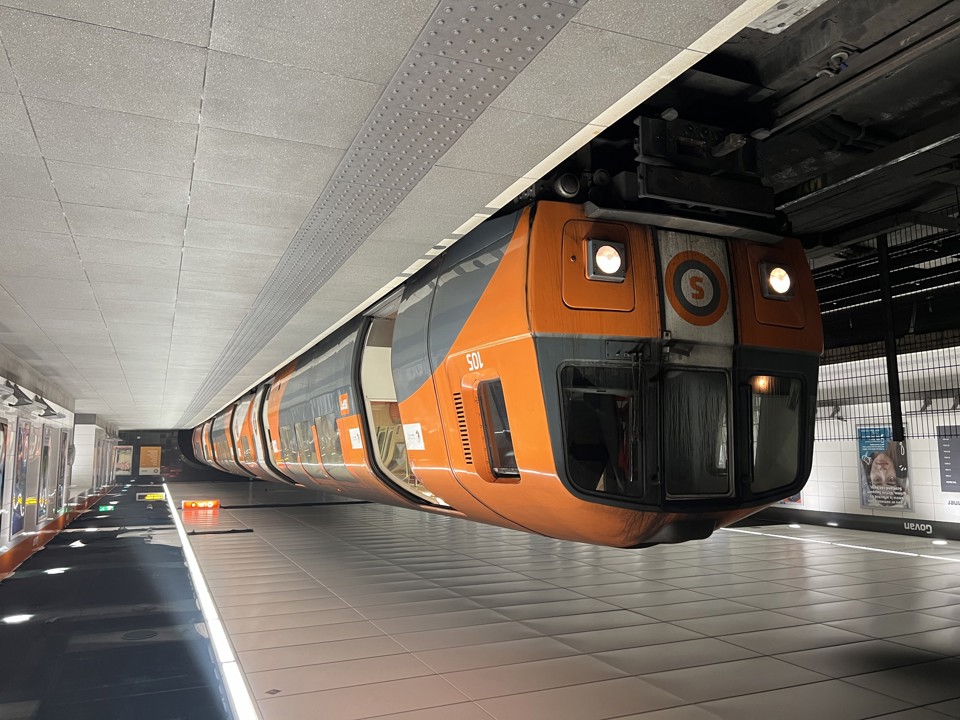
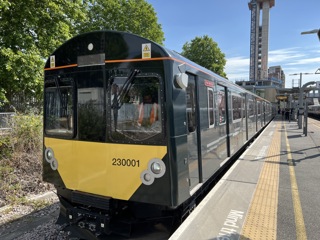
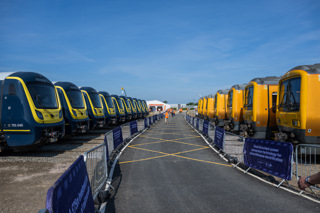
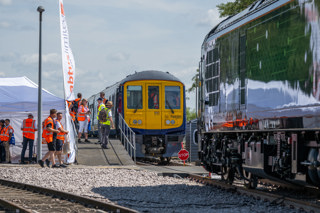
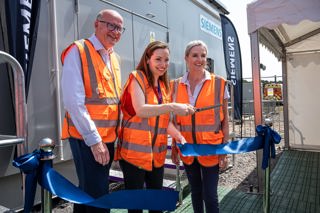
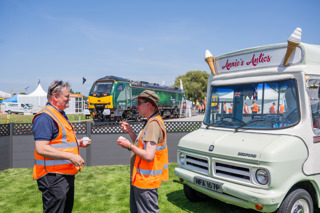











Login to comment
Comments
No comments have been made yet.